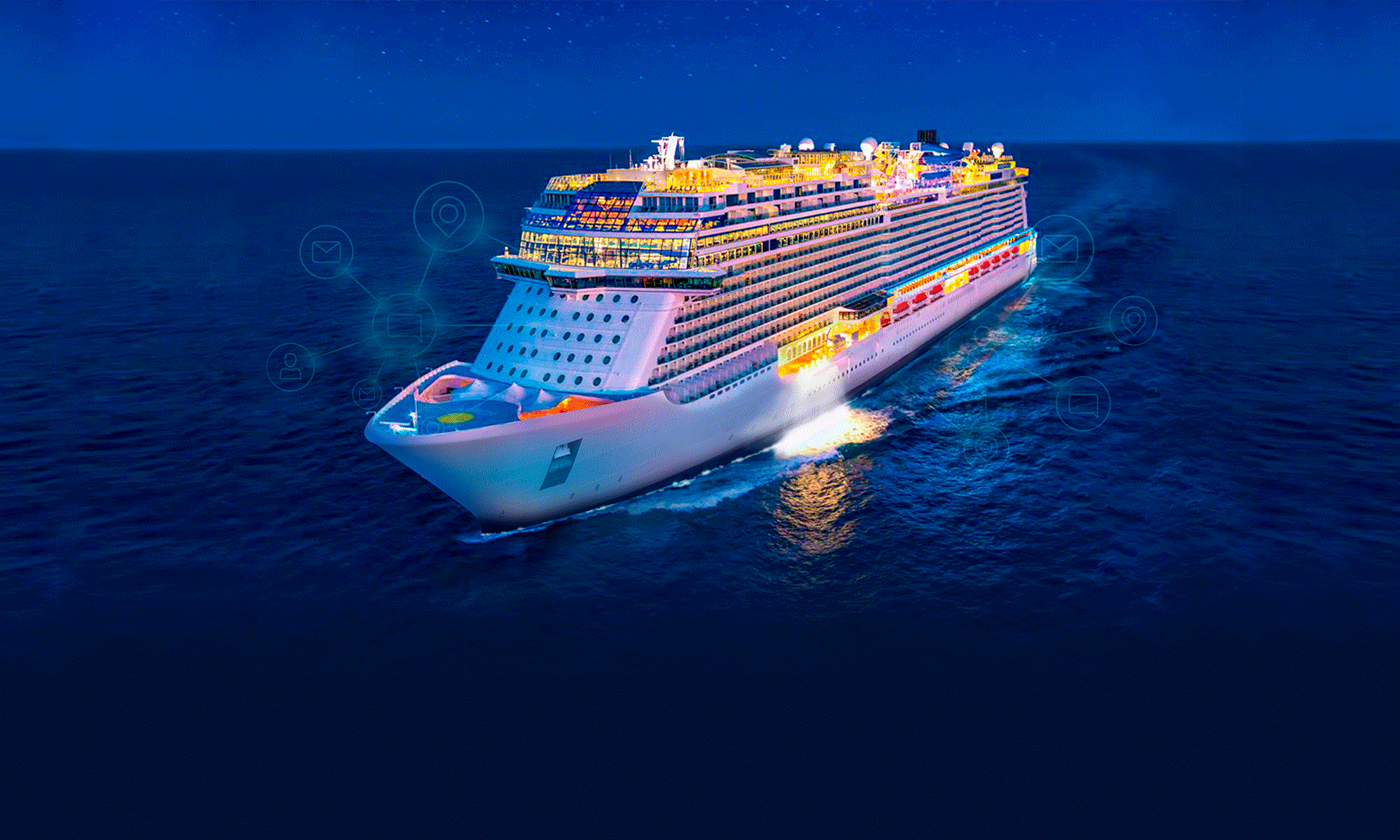This new year is going to be important for the satellite communications industry. The pandemic hit this sector hard when the development, design, and manufacturing facilities entered lockdown, limiting the market’s growth. Nonetheless, during the same period of crisis, the global satellite data services market demand increased especially to monitor the crisis.
Satellite services and their growth are crucial for different industries on earth. We rely on their imagery to monitor and manage the environment, surveil borders, map construction projects, managing natural disasters and city traffic. But satellites are also capital to communicate when traditional communications get hard: for navigation purposes, long distances transportation, military observation, and for defense and intelligence.
Even though the global pandemic slowed down satellite communication’s (SatComm) development, the different verticals that rely on this technology with their particular end-use are demanding services that will boost the industry’s growth. That’s why it is not a surprise that the global satellite data services market that was valued at $6.09 billion in 2020, is projected to reach $45.85 billion by 2030, registering a CAGR of 22.5% from 2021 to 2030.
Which are the great advances and breakthroughs that we are going to see in the next 10 years? Here we give you four that will probably open your eyes to this incredible technology:
Air Force Advancements
In March 2019, the Air Force launched a Wideband Global Satcom (WGS) satellite aboard a United Launch Alliance Delta IV medium rocket from Cape Canaveral, Florida. This WGS provides broadband communications for the U.S. military and six allied nations (Australia, Canada, Denmark, Luxembourg, The Netherlands, and New Zealand). This WGS is the number 10th providing this service and will maximize the military communications system to prevent, protect and respond to attacks during the next decade.
Autonomous Vehicles
The upcoming decade is very exciting for the development of autonomous vehicles. Manufacturers will rely on secure software updates powered by satellite data about mapping data needed for the car to navigate city streets and highways. In the same industry sector, manufacturers are going to demand SatComm to update the software-driven cars with their improvement aiming to cut down car recall visits.
Fighting Climate Change
70% of the earth’s oceans will be covered by satellites, this is going to change how we protect our planet blue. In the years to come, thanks to satellite data we’ll be able to track plastic trash, coral reef crisis, plankton health, and water acidification. SatComm will be a vital ally in the global warming fight. In a similar vein, SatComm will help to fight deforestation. In the past, monitoring countries where deforestation was very common, like Malaysia, Indonesia, or Brazil, wasn’t even in the picture. But in the future, thanks to satellites the ‘No Deforestation’ commitment will be possible to monitor and control.
Connectivity For All Modes of Transport
Today we are already experiencing high-speed access to the internet in planes, which will only become more attainable for everyone. At the same time, Unattended Aerial Vehicles (UAV) are going to reach this technology and, therefore, improve their results. At sea level, cruise and cargo ships will be able to get internet connection easily, improving touristic experiences and transportation and logistics productivity.
Satellite communications have already improved communications on earth, on the ground, at the sea, or flying in an aircraft. This technology is going to take a big step in the next ten years. Military, defense, agriculture, maritime, and environment will be the verticals that will make SatComm technology grow immensely. In the post-pandemic world, studies made thanks to satellite data will be crucial to finally turn the crisis page.
To learn more about how SatComm developments are being applied to help cruise ship communication, head over to netTALK Maritime.
